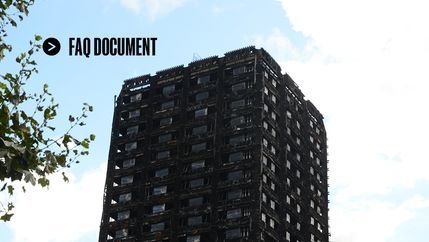
The consultation has now closed, and the Department for Justice and Home Affairs will review feedback before finalising the regulations. Propertymark will continue to work with the Government of Jersey to ensure the final framework delivers clear responsibilities, effective oversight, and consistent communication between agents, owners, and residents.
Clarifying roles and strengthening communication
To ensure the regime is effective, there must be clearer definitions of who holds responsibility under the regulations. The Government of Jersey should:
- Explicitly recognise managing agents as the Responsible Person when property owners are absent, offshore, or otherwise disengaged, reflecting the reality of how many blocks are managed.
- Introduce mandatory communication channels between the Responsible Person and managing agents to ensure residents consistently receive up-to-date safety information.
- Require fire safety instructions to be provided at key tenancy stages, including check-in and renewal, to prevent communication gaps.
These measures would mirror successful practice in the UK, where confusion over roles has been a recurring challenge since the Grenfell Tower fire.
More frequent inspections and improved information access
The frequency of fire equipment checks should be increased from every three months, as proposed, to monthly, in line with English standards and the recommendations of the National Fire Chiefs Council.
FAQs: Fire Safety (England) Regulations 2022
Following the implementation of the Fire Safety Act 2021, additional measures have been passed for England that introduces new responsibilities under the Fire Safety Order and expand upon the Regulatory Reform (Fire Safety) Order 2005.
We recommend that details of known risks and ongoing fire safety work should be included in each building’s secure information box so that emergency services can respond quickly and effectively.
In addition, we propose a formal mechanism for residents to report safety concerns directly to the fire service or enforcement body, ensuring accountability and timely follow-up on any non-compliance.
Transitional support and proportional enforcement
The new framework must remain proportionate to the scale and resources of Jersey’s housing market. To achieve this, we advise that:
- Guidance should differentiate between large multi-storey blocks and smaller converted properties, so that compliance does not become overly burdensome for agents or landlords managing modest portfolios.
- Any new inspection and reporting systems should be backed by clear transitional arrangements and accessible training for Responsible Persons and managing agents.
- Enforcement should focus on education and support before penalties, helping the sector adapt smoothly to the new standards.
8,500 islanders to benefit from greater fire safety protections
A consultation on the Fire Precautions (Tall Residential Buildings) (Jersey) Regulations sets out proposals from Deputy Mary Le Hegarat, the Minister for Justice and Home Affairs, to introduce mandatory fire safety requirements, directly responding to recommendations from the Grenfell Tower Inquiry Phase 1 report.
Building on wider fire safety reforms
Our submission builds on previous engagement with the UK Government on post-Grenfell safety regulation.
Propertymark has consistently called for practical, proportionate safety frameworks that empower managing agents to act decisively while protecting residents. Our guidance on building and fire safety responsibilities continues to help members navigate these obligations and communicate effectively with residents and landlords.





